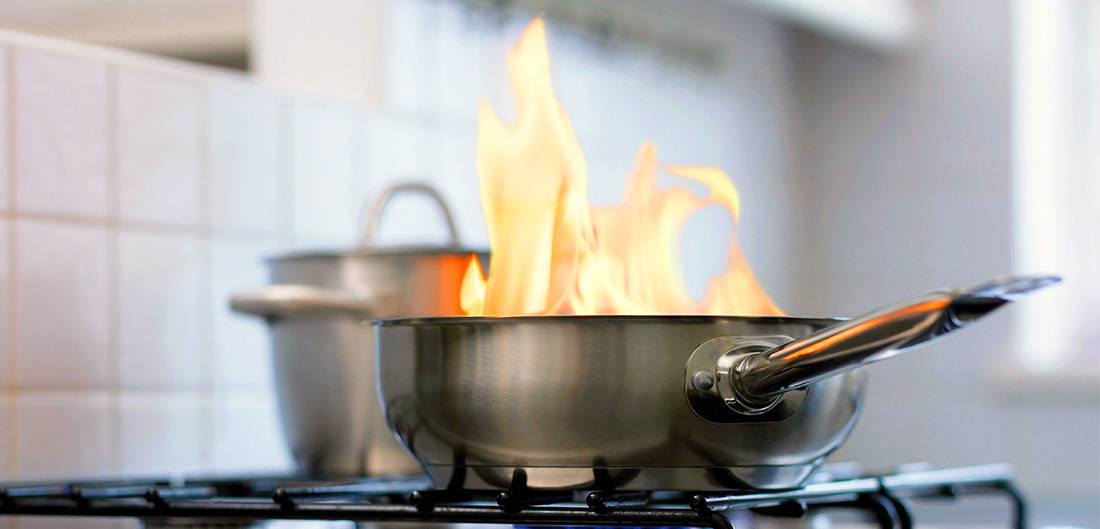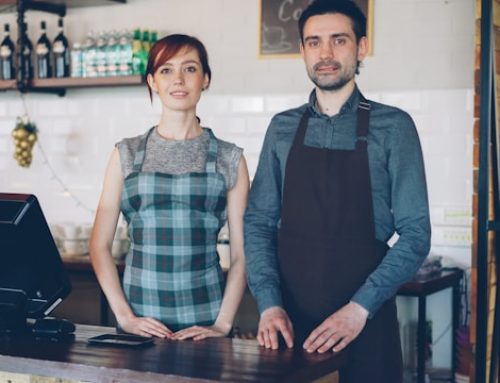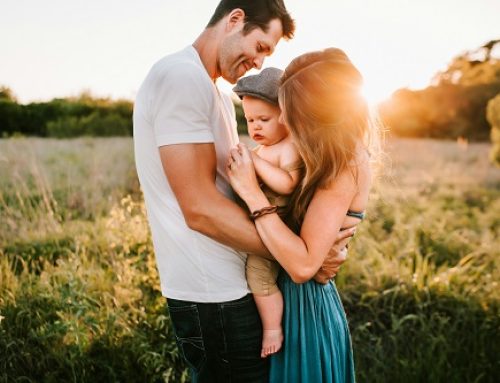This blog is from Erie Insurance. You can view the original blog here.
There’s no doubt that some of the best holiday indulgences (turkey! cookies! cake!) come out of an oven, not a gift-wrapped box. But along with the many good things that originate in the kitchen throughout the holiday season, there’s something else that’s all-too-common: fires.
The kitchen is the most common origin for home fires and fire injuries, according to the National Fire Protection Association. Cooking is the leading cause. Burns are the third most likely cause of fatal home injuries, too, according to the Home Safety Council. (For kids, they’re the most likely cause of fatalities).
Related: Quiz: 5 Questions to Test Your Fire Safety Knowledge
And now, for the kicker: November and (especially) December are two of the most common months for home fires to occur. But don’t throw in your spatula just yet.
“The good news is that you can prevent fires and injuries by taking simple precautions,” says Lorraine Carli, vice president of Public Affairs for the National Fire Protection Association. “Start by being aware of the risks.”
This holiday season, follow these no-nonsense tips for keeping you, your family, and your home safe. (Check out our full list of tips for a hazard-free holiday.)
HOW TO PREVENT BURNS DURING THE HOLIDAYS
- Keep the kids away. Consider cordoning off the stove area with colored tape to teach little ones to steer clear of this danger zone.
- Suit up. Roll up your sleeves and slip on long mitts. Loose clothing can catch fire while bare hands and arms are easily burned or scalded. Also, make sure to wear mitts when removing food from a microwave — things have a way of heating up more than you think.
- Organize your stove top. Use the back burners and angle pot and pan handles toward the back of the range.This greatly reduces the chance of accidents that could lead to injury.
- Put hot foods in their place. Position hot foods as far away from counter edges as possible. Anywhere else makes it easy for kids to topple dishes.
- Skip the fancy linens. If you have young children, ditch the tablecloths and placemats. It only takes one tug to spill hot liquids and foods.
- Set a (temperature) limit. Cap your tap water temperature at 120 degrees. “Faucet water that is too hot is a very overlooked source of scalds,” says Shannon McDaniel, spokesperson for the Home Safety Council. “It’s best to turn your hot water heater down to 120 degrees. If your don’t have direct access to your hot water heater or don’t feel comfortable handling yourself, call your gas or electric company.”
- Know what to do in case of an accident. Treat burns and scalds immediately. “Even a little bit of heat continues to burn the skin for 24 to 48 hours if it’s not properly treated,” says McDaniel. To cool a burn or a scald, run the affected area under cold water for at least three minutes. Don’t put any ice or lotion on the injury, and always call 911 if your condition is severe.
MORE FIRE-SAFETY TIPS FOR THE KITCHEN
First things first: Never, ever leave the kitchen while food is cooking. Leaving food unattended — even for just a minute — is the most common cause of kitchen fires.
“Holidays are busy, and people can become easily distracted by doorbells and guests, so it’s very important to remember to pay attention to what you’re cooking,” says Carli.
Here are a few other things to keep in mind during those marathon cooking sessions:
- Stay alert. Make sure to get a good night’s rest before a busy day of cooking. As for alcoholic beverages? They’ll still be there to enjoy after you power down the oven and stove.
Related: What every holiday host should know about liquor liability
- Make sure your kitchen is clean and clutter-free. Grease buildup on ranges and ovens makes it easier for fires to start. Oven mitts, food packaging, towels and curtains can go up in flames if they’re close to heat sources.
- Regularly peek into pots, pans and roasters. This will help you spot any potential flare-ups ASAP.
- Keep a close eye when frying food. Grease fires are the most common kind of kitchen fires, so pay extra attention to anything in your deep fryer or frying pan.
- Check smoke alarms and fire extinguishers. Make sure they are in good working condition. Test every alarm in the house and review the instructions on how to use fire extinguishers. Talk to your local fire department about having a home fire sprinkler system, which quickly quells or reduces the impact of a fire, installed in time for the next holiday season. (Added bonus: installing one often lowers your homeowners insurance premium. Contact a local ERIE agent to learn about a possible discount.)
Related: The Ultimate Guide to Fire Extinguishers
- Make a fire escape plan. Review your home fire escape plan. If the worst happens, you’ll want to be prepared. Decide on a place where everyone will meet, post the plan on your refrigerator door, and do a walk-through with every person in your family. Also, remind everyone of these two life-saving rhymes: “get low and go” (the air near the floor is clearer and easier to breathe) and “stop, drop and roll” (what to do if you catch on fire).
Be sure to check in with your ERIE Agent to make sure your kitchen and everything else in your home is properly covered for the holidays and beyond.
This article was originally published in 2010. It was updated with new information on Nov. 26, 2018.



